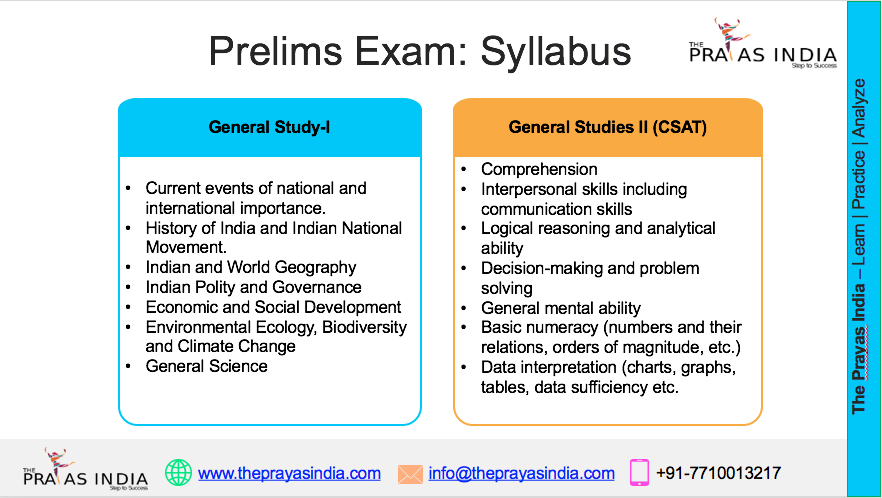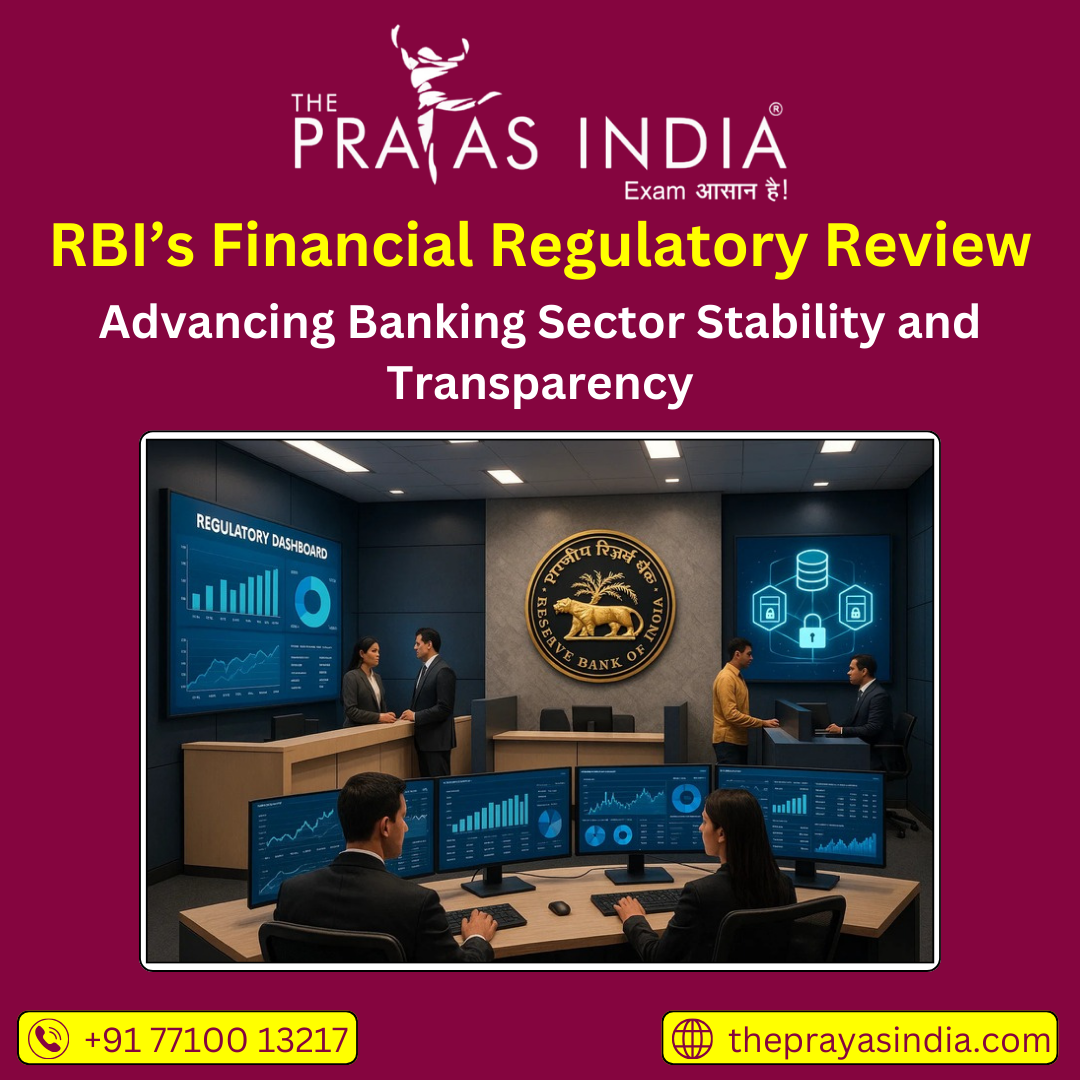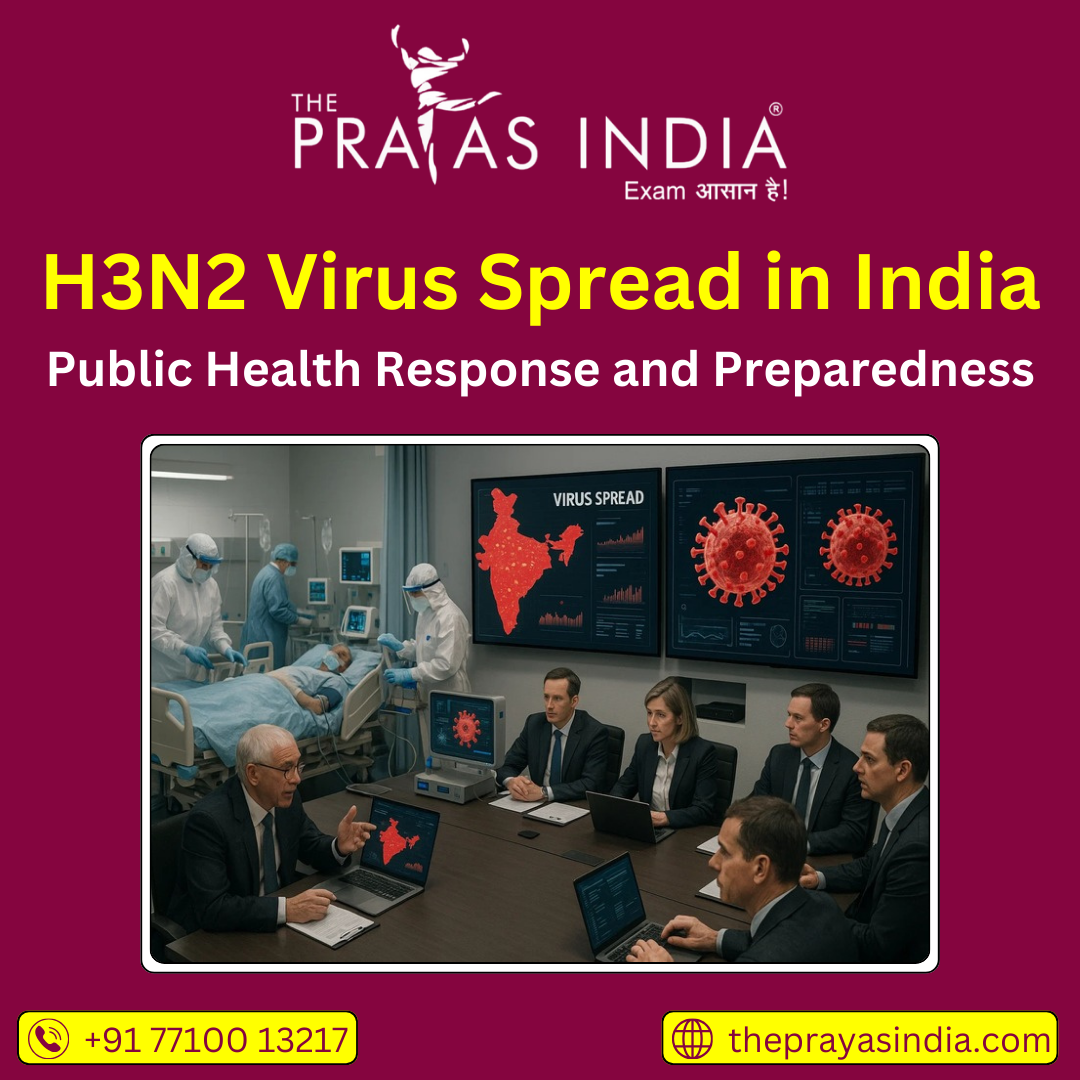Supreme Court Orders Urgent Air Pollution Action Ahead of Winter 2025
As north India approaches another season of hazardous air quality, the Supreme Court has issued a series of urgent directives to combat air pollution before winter’s peak smog sets in. The apex court, led by Chief Justice of India B R Gavai, has stressed that inadequate staffing and ineffective action across pollution control bodies worsen the region’s annual environmental crisis, especially in Delhi and the NCR region.
Key Directions Issued by the Supreme Court
The Court has ordered the Commission for Air Quality Management (CAQM), Central Pollution Control Board (CPCB), and all relevant State Pollution Control Boards (SPCBs) to submit detailed, actionable plans to prevent air pollution within three weeks. CAQM, a statutory body overseeing air quality in Delhi, Punjab, Haryana, Rajasthan, and Uttar Pradesh, is also required to actively coordinate with state authorities.
One major instruction is for state governments to fill all existing vacancies in their pollution control boards within three months, as insufficient staffing during high-pollution periods hampers enforcement. Special focus has been placed on technical and scientific positions that directly impact air quality monitoring and action.
Alternatives to Blanket Construction Bans
Recognizing the adverse impact of a total construction ban on workers, the Supreme Court has directed CAQM and state governments to consider alternative corrective measures for pollution caused by construction activities. Instead of a blanket ban, a balanced approach is required that controls dust and emissions without depriving daily wage laborers of employment.
Action on Stubble Burning
The Court has reiterated the need for strict local enforcement against stubble burning, a major seasonal contributor to Delhi NCR’s winter smog. It suggested that, in extreme cases, criminal action against habitual violators may be considered to strongly deter practices that worsen air quality.
Implementation and Follow-Up
The Supreme Court set a compliance review deadline for early October, signaling its intent to track effective action ahead of the coming winter. Authorities are expected to implement the graded response action plan (GRAP) based on air pollution levels, with targeted interventions like vehicle restrictions or curbs on construction when the situation demands.
Conclusion
The Supreme Court’s proactive stance for winter 2025 emphasizes holistic planning, inter-agency coordination, timely staffing, and policy innovation to curb rising air pollution. These steps are crucial for safeguarding public health and delivering lasting improvements in air quality across India’s most affected regions.




![Prayas-तेजस [UPSC CSE Sociology Optional] – Online & Offline](https://theprayasindia.com/wp-content/uploads/2025/09/Prayas-तेजस-UPSC-CSE-Optional-Subject-The-Prayas-India-300x300.png)
![Prayas-सूत्र [UPSC CSE Materials (Hardcopy)]](https://theprayasindia.com/wp-content/uploads/2025/09/Prayas-सूत्र-UPSC-CSE-Study-Materials-Hardcopy-The-Prayas-India-300x300.png)
![Prayas-मंत्रा [UPSC CSE CSAT]](https://theprayasindia.com/wp-content/uploads/2025/09/Prayas-मंत्रा-UPSC-CSE-CSAT-The-Prayas-India-300x300.png)
![Prayas सारथी [UPSC CSE One on One Mentorship]](https://theprayasindia.com/wp-content/uploads/2025/09/Prayas-सारथी-UPSC-CSE-One-on-One-Mentorship-The-Prayas-India-300x300.png)










